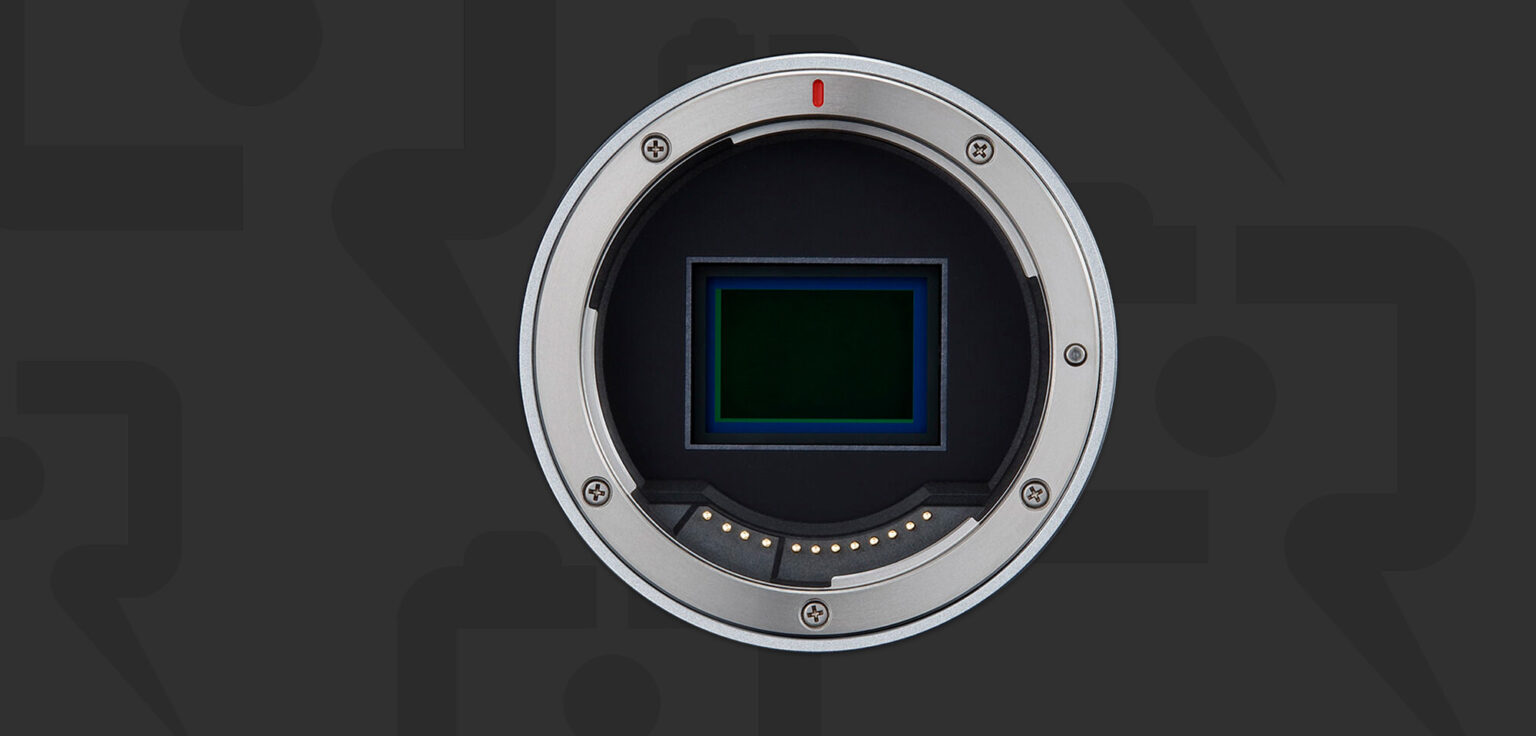Samyang was one of if not the first brand to release autofocus lenses for the RF mount under the Rokinon name. However that was short lived, as Canon’s lawyers stepped in with the ban hammer.
It now appears Samyang will become the third manufacturer licensed to produce RF-S lenses with autofocus. Here are images of a Samyang 12mm f/2 AF.


Asobinet is also reporting that three more manufacturers have received approval from Canon and will be announcing autofocus lenses for the RF mount in the near future. We believe one of them is Meike, and we wouldn’t be surprised if Viltrox is another one.
For the moment, there is no evidence that full-frame RF mount lenses are coming from third-party manufacturers. However, that’s not going to be the case forever.
This is probably a good place for Samyang to start. With this being about a 19mm equivalent on APS-C sensors, most of what you see through the lens is going to be in focus, or close to it.
I want to add that there has been some confusion about “RF” and “RF-S” for some people. EF and EF-S were different mounts, but that is not the case with RF. RF-S just tells us that the lens is for APS-C sensors, but it’s still the RF mount.
Source: asobinet
|
When you purchase through links on our site, we may earn an affiliate commission. Here's how it works. |


I have the Rokinon 85mm f/1.4, which I like very much - especially the price. But it's essentially an adapted EF lens.
The downside is the same as any crop, less image area used means proportionally higher image noise.
Dear 3rd party RF-S/AF manufacturers: TELEPHOTO ZOOMS PLEASE!
APS-C: Living the Dream!
I suppose those people should invest in OM or Fuji crop cameras cameras, then they could fool themselves into believing their long lenses were made for their crop cameras, even though they'd work fine on FF sensors (or larger in the case of the Fuji 500/5.6, that lens for their medium format cameras is the same size/weight as the one for their APS-C cameras).
Kinda wish Canon let the full frame 18/2.8 and 45/1.8 be in RF mount. It\'s not really competing with Canon\'s but it\'s good alternative to RF16 and RF50/1.8.
I\'m not hoping for the Samyang 35-150 f2-2.8 to have RF version anytime soon, unless Canon amazes me.
This has been a problem I have tried for months to get fixed. Welcome to developer fun........... I will continue to whine about it. If you comment on the blog side of things, this issue will then appear on the forum.